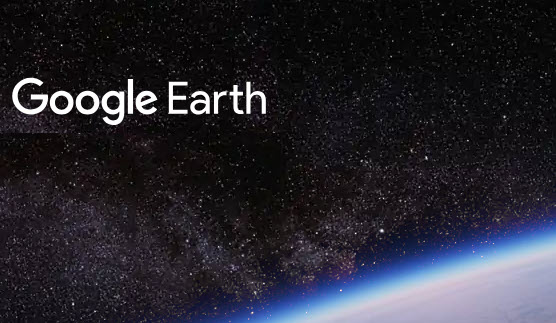Last week, I talked about the application Google Earth and explained how it works. Check it out if you haven’t already! Today, I will discuss several possible activities and examples of ways to incorporate Google Earth into your language or immigration classes.
Possible Activities
Here are several types of activities that can be useful in settlement and language classes:
- Trace a route
- Identify or locate place characteristics
- Lead a presentation
- Describe special events
- Create or participate in a scavenger hunt
- Create or participate in a quiz
- Identify trends
- Explore current events
- Describe inaccessible places
- Compare places
- Discover important places within a topic
Trace a route (Terry Fox’s route)
Provide students with a list of notable places where Terry Fox passed through on his Marathon of Hope. Students can plot these on a map of Canada, create a collage of images, measure distances and write or record video commentary on the scope and determination of his famous journey.
Identify and locate place characteristics (Neighbourhood Inventory)
Provide students with a list of essential civil amenities such as a health clinic, grocery store, fitness centre, park, or school. Students locate their current neighbourhood on Google Earth. They are then instructed to locate essential service locations from the list. They can record the services that are close by on a worksheet, add specific locations using the Add to Project button, and measure distances of these to their home using the Google Earth measuring tool.
Lead a Place Presentation (My birth home)
Students use the Google Earth search function to find their birth location. The location can be neighbourhood, region, country, or city. They can acquire images and information about their place and create a presentation to share with the class. Before they start exploring, the class can generate a list of relevant elements of a place.
Describe special events (Canadian Holidays or Festivals)
Students can search for their preferred place to holiday or celebrate in Canada and report back to the class on the characteristics that make it appealing to them. These could include a location, seasonal climate, land formations, historical details, hospitality amenities, entertainment options, cuisine, demographics, family suitability, and additional features of the location. Students can report on specific events across Canada such as Canada Day, Labour Day, Thanksgiving Day, and Jean Baptiste Day.
Create or participate in a scavenger hunt (Google Earth)
A scavenger hunt activity can be set up for learners using GPS coordinates acquired from Google Earth, place names, names of people, company names, or location descriptions (for example, the province in which St. John is located or the number of Tim Hortons cafes located in our city). Students can input search terms or GPS coordinates to locate data.
Create a Quiz (Google Earth Voyager Tours)
Students can take any one of the Voyager Tours to generate their own quiz. Their peers can complete the quiz while taking the same tour. This swapping activity extends learning of tour concepts. For example, students can create a quiz for the Voyager Underground Railroad tour.
View trends (Time-lapse)
Students can view time-lapse perspectives of various parts of the Earth to better comprehend concepts of erosion, deforestation, reforestation, natural disasters (volcano, hurricane), unique ecosystems, sand dune migration, urban expansion, warming planet (glacial instabilities and sea-level rise).
Current Events
Additional facts and details relevant to current events may be found using the Google Earth app or website. Recently, the Egyptian Museum’s artifacts were moved to the new Grand Egyptian Museum. Additional information, including various media, details on proximity between the Giza pyramids and the new museum, the distance of the journey, and the route of the Pharaohs’ parade can be located using Google Earth’s features.
Inaccessible places
Exploring inaccessible places, even without pandemics, is a strength of online virtual tools. Google Earth allows us to explore the globe and additional inaccessible places such as the ocean, perspectives from space, exclusive landmarks, remote islands, and protected spaces, such as conservation lands.
Final thoughts
While Google Earth is not directly a Technology Enhanced Language Learning tool, it offers several opportunities for instructors to encourage language learners to explore, identify, and distill information. Leveraging Google Earth Voyager learning objects makes this even more possible as they are encapsulated themes, games, and quizzes. Have you tried Google Earth with your language learners? If so, please share your experiences in the comments area.
Resources
Google Earth, https://www.google.com/earth
Google Earth Education, https://www.google.com/earth/education
Google Earth resources, https://www.google.com/intl/en_ca/earth/education/resources
Google Earth timelapse, https://bit.ly/3gyMLFj
Google Earth Voyager, “How To” Quick Tip Sheet, https://bit.ly/3ft4Bt8
Google Earth, The Underground Railroad, https://bit.ly/3sJP6Qb
Google Earth Scavenger Hunt on Google slides (template), https://bit.ly/2RPXEZ4

